Disclosure: This article contains affiliate links. We may earn a commission from purchases at no extra cost to you, which helps our travel content.
Standing in Plaza de Armas as the morning light spills across Arequipa's cathedral façade, I'm mesmerized by how the volcanic sillar stone seems to capture and amplify the sunlight. This isn't my first visit to Peru—I've hiked Machu Picchu and explored Lima's colonial core—but Arequipa has an entirely different energy. The 'White City,' named for its gleaming buildings carved from local volcanic rock, holds architectural treasures that blend Spanish colonial grandeur with indigenous Andean craftsmanship. As someone who's spent years documenting traditional crafts across cultures, I find myself drawn to this UNESCO World Heritage site not just for its beauty, but for the stories etched into every archway, courtyard, and carved façade. Over a weekend exploration with my camera and sketchbook in hand, I discovered that Arequipa's historic center offers couples an intimate architectural journey that feels both grand and surprisingly personal.
The Volcanic Canvas: Understanding Sillar Stone
Before you can truly appreciate Arequipa's architectural marvels, you must understand the remarkable material from which they're crafted. Sillar isn't just stone—it's the foundation of Arequipa's identity. This white volcanic rock, born from ancient eruptions of the nearby volcanoes including the towering Misti, has been the building block of the city since the Spanish colonial period.
During my second day in Arequipa, I joined a specialized architecture tour led by Ricardo, a local architect whose family has worked with sillar for generations. 'The stone tells our history,' he explained as we ran our fingers along a cool white wall. 'It's soft enough to carve intricate designs but strong enough to withstand earthquakes.'
The material's unique properties—lightweight yet durable, insulating yet breathable—made it perfect for Arequipa's climate, where days can be scorching and nights chilly. What fascinated me most was learning how indigenous stoneworkers adapted their ancestral techniques to European architectural demands, creating a fusion style unique to this region.
To truly understand sillar, Ricardo suggested visiting the Sillar Route (Ruta del Sillar) on the city's outskirts, where quarries still operate using traditional methods. Here, master carvers demonstrated techniques passed down through generations, their chisels creating perfect blocks with a precision that modern tools struggle to replicate.
For photography enthusiasts like myself, the quarries offer incredible lighting conditions. I captured some of my best shots using my travel tripod, which proved invaluable in the challenging bright white environment where exposure settings need careful adjustment.

💡 Pro Tips
- Visit the sillar quarries early morning when the light creates dramatic shadows on the white stone faces
- Bring a polarizing filter for your camera to manage the intense reflections from the white buildings
- Touch the sillar walls at different times of day to feel how they regulate temperature—cool in day, warm at night
Santa Catalina: A City Within the City
If Arequipa has a crown jewel, it's undoubtedly the Santa Catalina Monastery. Spanning an impressive five acres in the heart of the historic center, this 16th-century religious complex is less a monastery and more a small self-contained city, with streets, plazas, and homes all contained within its walls.
Walking through the vermillion and indigo-painted streets named after Spanish cities, I felt transported to another time. Founded in 1579 by a wealthy widow, the monastery once housed around 450 people—nuns from elite Spanish families and their servants. What struck me was the dichotomy of austerity and luxury; while dedicated to religious life, many nuns brought their wealth and refinements with them, living in private quarters with fine imported furnishings.
'The monastery tells the story of colonial class structure as much as religious devotion,' explained María, my local guide, as we entered a cell where a nun might have spent her entire adult life. The room contained a European writing desk alongside local Andean textiles—a physical representation of the cultural fusion that defines Arequipa.
The monastery's architecture showcases some of the finest examples of colonial-era craftsmanship. Vaulted sillar ceilings create perfect acoustics in the chapels, while ingenious water channels and fountains form an early hydraulic system throughout the complex.
For the best experience, I recommend visiting in late afternoon when the lowering sun paints the white walls with golden light, creating a photographer's paradise. I spent hours capturing the interplay of light and shadow in the cloisters with my mirrorless camera, which handled the challenging contrast beautifully.
While most visitors rush through in an hour, this complex deserves at least three hours of your time. The monastery is particularly magical for couples—its secluded courtyards and quiet corners offer intimate spaces for reflection away from the bustling city outside.
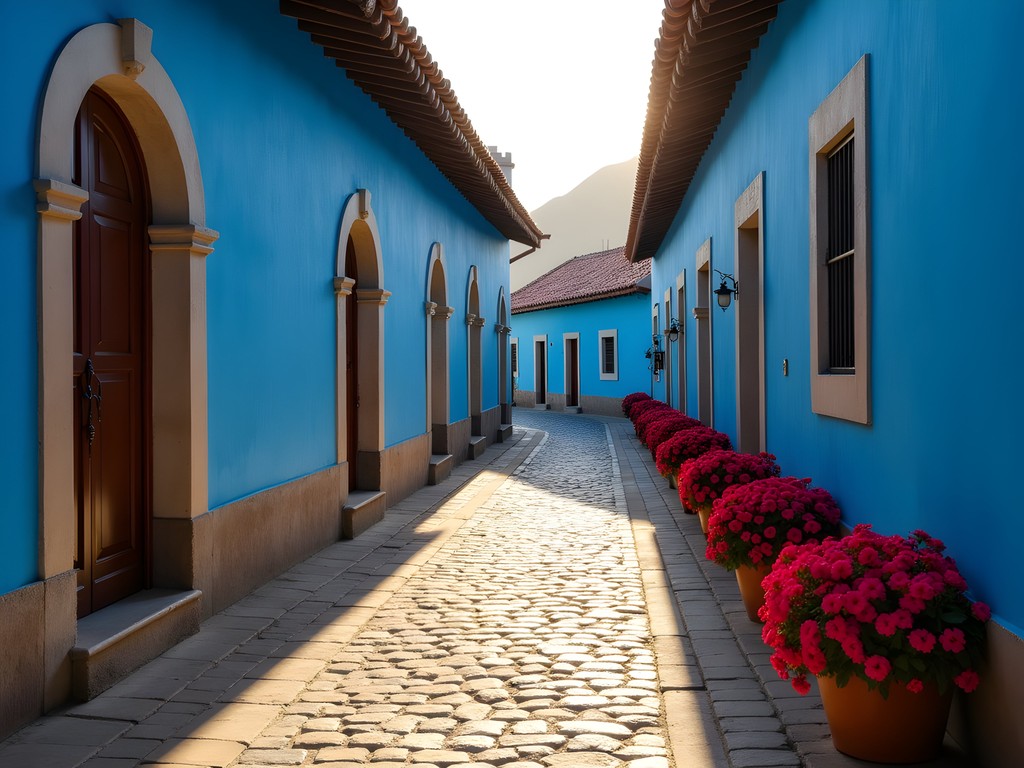
💡 Pro Tips
- Visit around 3-4pm when the afternoon light creates the most dramatic shadows and colors on the painted walls
- Hire one of the official guides at the entrance—their stories bring the monastery's history to life
- Look for the small blue room where nuns created their famous anise cookies, still made using the original recipe
Architectural Mestizaje: The Jesuit Church and Compañía Complex
While the cathedral dominates Plaza de Armas, I found myself repeatedly drawn to the Jesuit Church (Iglesia de la Compañía) on the plaza's corner. Completed in 1698, this church exemplifies what architectural historians call 'mestizaje'—the blending of European and indigenous styles that created something entirely new.
The façade stopped me in my tracks. Unlike European churches I've visited, where decorative elements follow strict classical orders, here the sillar stone erupts in a fantastical display that combines Spanish Baroque structures with Andean symbolism. Indigenous stonecutters, while following European architectural plans, incorporated their own cosmology into the designs—suns, pumas, and native plants hide among the more traditional Christian motifs.
'Notice how the columns aren't perfectly symmetrical,' whispered Jorge, an architectural student I met sketching the façade. 'The indigenous craftsmen believed perfect symmetry was for the gods alone—humans should always include some imperfection.'
Inside, the mestizaje continues with a spectacular carved wooden pulpit and a golden altar that blends European Catholic imagery with subtle Andean elements. The adjoining cloisters house a small but excellent collection of religious art that demonstrates how European painting techniques were adapted to include local landscapes and even indigenous faces in religious scenes.
The Jesuit complex's cupola, damaged in an earthquake and masterfully restored, is an engineering marvel. Standing beneath it, I marveled at how the structure has survived centuries of seismic activity—a testament to the sophisticated understanding of architecture that blended European design with indigenous knowledge of building in earthquake zones.
For architecture enthusiasts, I recommend bringing a good compact binoculars to study the intricate carvings on the upper portions of the façade, where some of the most interesting hybrid symbols are located. The church's orientation means morning light best illuminates the façade's detailed carvings.
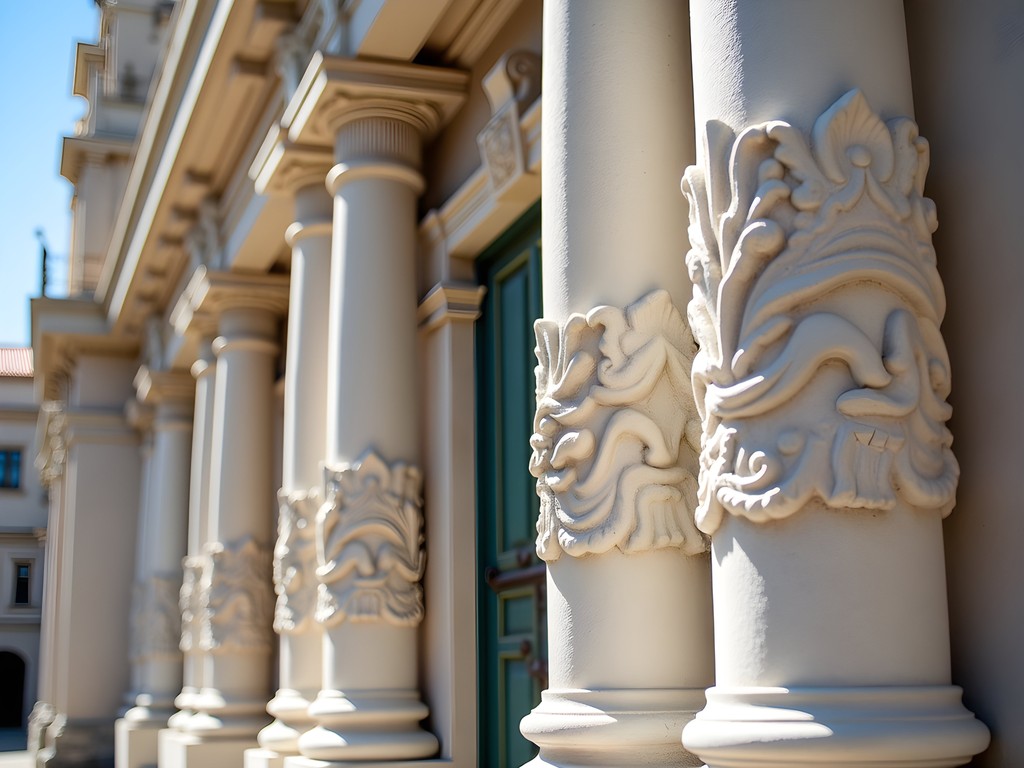
💡 Pro Tips
- Look for the indigenous symbols hidden among Christian motifs—suns, native animals, and local plants
- Visit during one of the free organ concerts occasionally held on weekend evenings
- Compare the stonework techniques on the church exterior with those used in pre-colonial structures at nearby archaeological sites
Courtyard Treasures: Arequipa's Colonial Mansions
Beyond Arequipa's grand religious structures lie equally impressive domestic spaces—the colonial mansions that once housed the city's elite families. These homes represent a fascinating adaptation of Spanish courtyard design to the Andean environment, creating spaces that feel both European and distinctly Peruvian.
My favorite among these architectural gems is Casa del Moral, named for the ancient mulberry tree in its main courtyard. Built in the 18th century, the mansion showcases the sophisticated lifestyle of Arequipa's colonial aristocracy. The entrance portal—a masterpiece of sillar carving featuring the family's coat of arms—opens to reveal a series of connected courtyards, each serving different functions in colonial daily life.
'The architecture tells us about social structures,' explained Daniela, the museum curator. 'Notice how the first courtyard is formal and impressive—designed to showcase the family's status—while interior courtyards become progressively more private and functional.'
What fascinated me most were the ceilings. Unlike European mansions with their painted plasterwork, here I found spectacular mudéjar-style ceilings crafted from native woods by indigenous artisans who adapted Spanish-Moorish designs to incorporate Andean geometric patterns.
At Casa Ricketts (now housing the BBVA bank but open to visitors), I discovered how these mansions incorporated innovative responses to Arequipa's seismic activity. The sillar vaults and arches distribute weight in ways that have allowed these structures to survive centuries of earthquakes that destroyed more rigid buildings.
For couples exploring Arequipa, these mansions offer a romantic glimpse into colonial life. I spent a delightful afternoon sketching architectural details in the courtyard of Casa Tristán del Pozo, where the sillar stone glows almost pink in the late afternoon sun. The travel watercolor set I always carry proved perfect for capturing the subtle colorations of the volcanic stone as the light changed throughout the day.
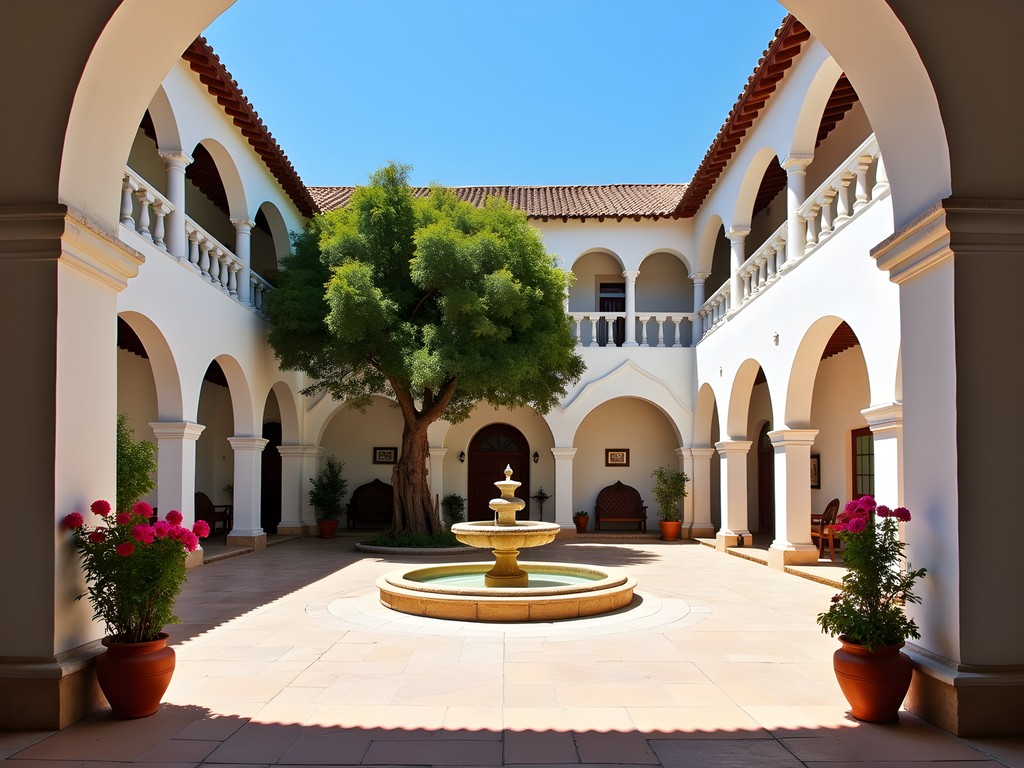
💡 Pro Tips
- Visit Casa del Moral in the morning when the main courtyard is bathed in soft light
- Look up! The wooden mudéjar ceilings feature some of the most intricate indigenous-European fusion designs
- Ask permission to visit the BBVA bank building (former Casa Ricketts)—many tourists miss this architectural treasure because they don't realize it's open to visitors
Beyond the Center: San Lázaro's Ancient Pathways
While most visitors confine their exploration to the main historic center, I found architectural treasures in the San Lázaro district—Arequipa's oldest neighborhood and originally a pre-Hispanic settlement. Here, the streets abandon the rigid Spanish grid system and follow ancient indigenous pathways, creating a labyrinth of narrow lanes that climb the gentle hill overlooking the city.
Walking through San Lázaro feels like stepping back in time beyond even the colonial era. The sillar buildings here are simpler than the ornate structures downtown, yet they possess an authentic charm that captured my heart. Many feature the distinctive 'tea cup handles'—half-moon shaped door knockers that have become symbols of Arequipa.
'This neighborhood shows how indigenous urban planning and Spanish colonial architecture merged,' explained Eduardo, a local heritage conservationist I met while photographing a particularly beautiful doorway. 'The Spanish built with sillar, but they followed the original Andean street layout.'
What makes San Lázaro special for couples is its intimate scale and quieter atmosphere. Unlike the bustling historic center, here you can wander hand-in-hand down winding cobblestone streets, discovering tiny plazas and hidden courtyards. The neighborhood's elevated position also offers spectacular views of the surrounding volcanoes that have provided the very stone from which the city is built.
I spent a magical evening in Plaza Campo Redondo, the heart of San Lázaro, as the setting sun turned the white sillar buildings golden, then pink. Local children played in the square while elderly residents chatted on benches—a scene that has likely repeated itself for centuries.
For those interested in photography, the narrow streets create fascinating light and shadow plays throughout the day. I found my compact camera perfect for these conditions, its fixed lens and excellent low-light performance capturing the atmosphere of ancient alleyways as day turned to dusk.
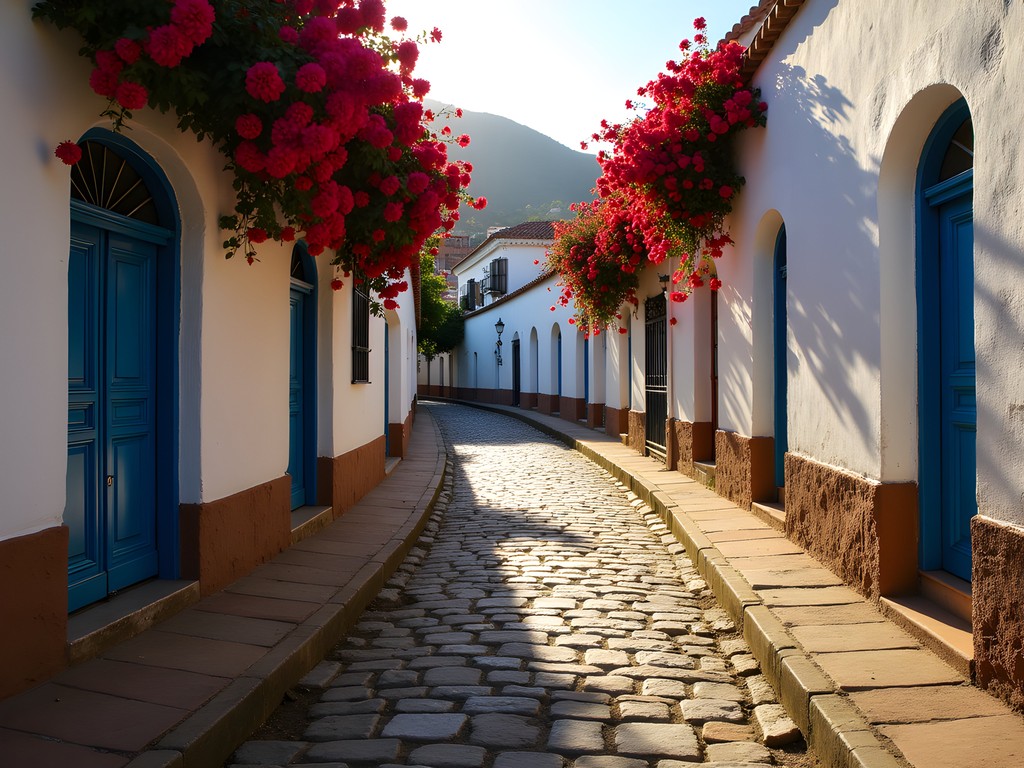
💡 Pro Tips
- Visit San Lázaro in late afternoon when the low sun creates dramatic shadows on the textured sillar walls
- Look for the small chapel of San Lázaro, one of the city's oldest religious buildings with unique architectural elements
- Follow the narrow passage called Callejón del Solar to find a hidden viewpoint overlooking the city
Final Thoughts
As I sketch one final sillar archway on my last evening in Arequipa, I reflect on how this 'White City' represents something far deeper than architectural beauty. It embodies the creative fusion that occurs when cultures meet and collaborate rather than merely conquer. Every carved façade and courtyard tells the story of European designs reimagined through indigenous hands, creating something neither culture could have produced alone. For couples seeking a destination that combines romantic ambiance with cultural depth, Arequipa offers an intimate journey through architectural history that feels both grand and deeply personal. Beyond the popular Peruvian circuit of Lima and Cusco, this UNESCO gem deserves your time—not just for its buildings, but for the human stories embedded in its gleaming white walls. As you wander hand-in-hand through centuries of architectural evolution, you'll discover that Arequipa's greatest treasure is how it continues to reveal, through its built environment, the beautiful possibilities of cultural exchange.
✨ Key Takeaways
- Arequipa's architecture represents a unique fusion of European design and indigenous craftsmanship
- The city's sillar stone buildings aren't just beautiful—they're ingeniously adapted to the local environment and seismic conditions
- Beyond the main attractions, neighborhoods like San Lázaro offer intimate glimpses into the city's pre-colonial roots
📋 Practical Information
Best Time to Visit
year-round, though May-November offers clearest skies for mountain views
Budget Estimate
$75-150 USD per day for mid-range accommodations, meals and activities
Recommended Duration
2-3 days minimum to properly explore the historic center
Difficulty Level
Easy To Moderate (Some Cobblestone Streets And Mild Altitude Adjustment)


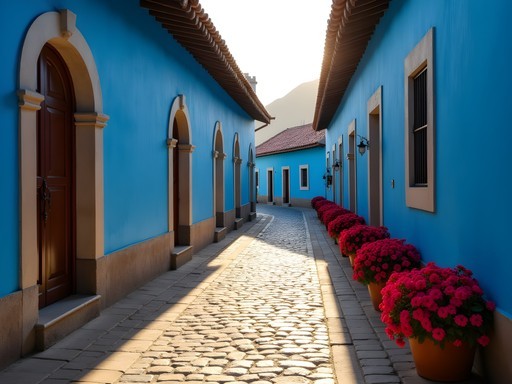
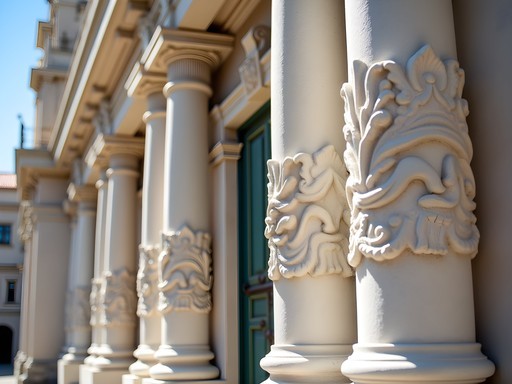
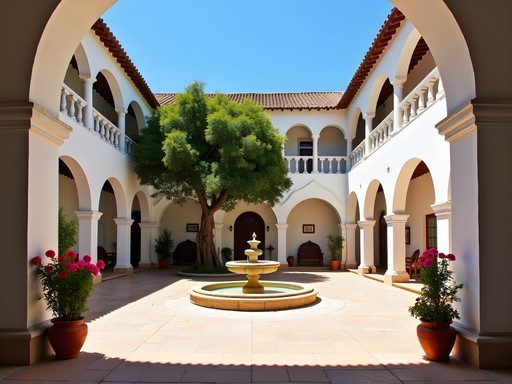



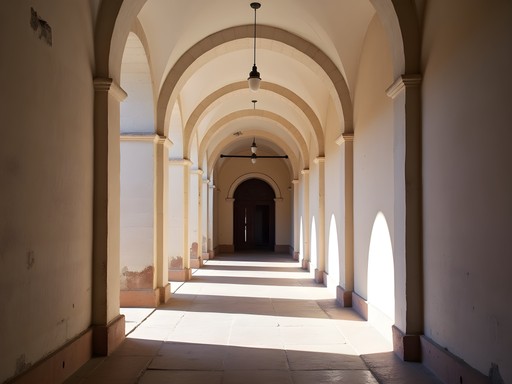

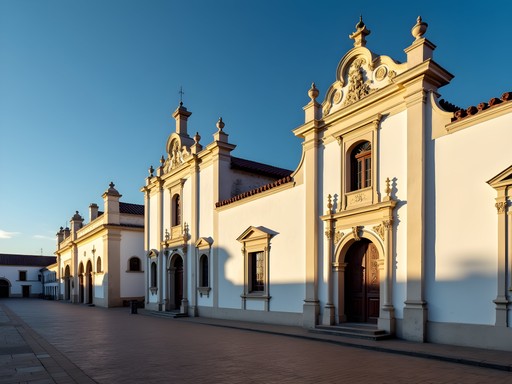
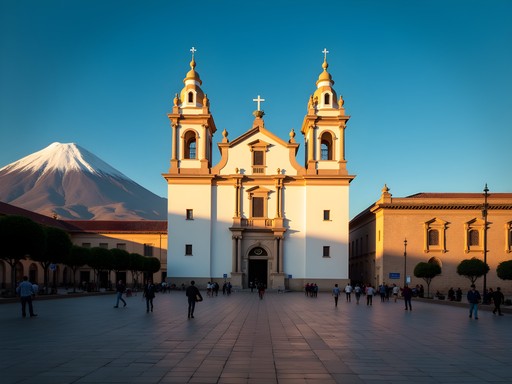




Comments
SoloWanderer45
Going to Arequipa next month! How many days would you recommend to properly explore the historic center?
Willow Adams
I'd say minimum 2 full days just for the historic center, but 3-4 if you want to really take your time with the monasteries and colonial mansions. The Juanita museum needs at least 2 hours alone!
TravelingTeacher
Your sketches of the archways are gorgeous! Do you sell prints anywhere?
Frank Garcia
Brilliant piece on Arequipa! I backpacked through Peru last year and spent 5 days in the White City. The architectural mestizaje you mentioned really struck me too - that blend of European and indigenous styles creates something so unique. I'd add that the Museo Santuarios Andinos with the Ice Maiden mummy is worth visiting to understand the cultural context of the region. For photography enthusiasts, I found that shooting the sillar buildings in the hour after sunrise gave me the best contrast without harsh shadows. Used my travel tripod for some long exposure shots of the cathedral at dawn - absolute game changer for architectural photography in low light.
MountainHiker92
The Ice Maiden exhibit was closed when I visited! Still bummed about missing it. Did you climb El Misti while you were there?
Frank Garcia
I did attempt El Misti! Only made it about 3/4 of the way up though - the altitude hit me harder than expected. Still got amazing photos of Arequipa from above though!
greenbuddy
Those sillar buildings look amazing! Did you get to see Santa Catalina monastery at sunset? I heard that's when the white stone looks the most magical.
Willow Adams
Yes! Santa Catalina at sunset is absolutely breathtaking. The way the light changes the color of the sillar from bright white to this warm golden-pink glow is something I'll never forget. Definitely worth planning your visit for late afternoon if you can!
greenbuddy
Thanks for confirming! Adding that to my must-do list for sure.
blueseeker
Anyone know if it's easy to get around Arequipa's historic center on foot? Or should I plan on using taxis?
Sophia Gomez
The historic center is super walkable! Everything is within 15-20 minutes on foot. Just bring a hat and sunscreen - that altitude sun is intense!
greenclimber
Definitely walkable. We only used taxis to get to Yanahuara viewpoint and for the airport.
oceanexplorer
Beautiful post! I'm planning to visit Peru next month and now definitely adding Arequipa to the itinerary. Any tips for photographing those white sillar buildings? My photos of white architecture usually end up overexposed.
Willow Adams
Great question! The bright sillar can definitely trick your camera. I found early morning or late afternoon light works best - the low angle creates beautiful shadows that highlight the intricate carvings. If shooting midday, try underexposing slightly and use a polarizing filter. I used my camera filter which helped manage reflections and brought out the texture of the stone.
oceanexplorer
Thanks for the tips! I'll definitely try the morning/evening light approach. How many days would you recommend staying in Arequipa?
Willow Adams
I'd say minimum 3 days for the historic center, but 4-5 if you want to include a trip to Colca Canyon (which I highly recommend!)
Casey Andersson
Willow, your sketches of the sillar archways brought back so many memories! I spent three days exploring Arequipa last year and was completely enchanted. Santa Catalina Monastery was a highlight - I'd recommend everyone visit in late afternoon when the light turns the white walls into this gorgeous golden hue. The contrast between the blue walls and red geraniums is absolutely stunning for photos. Did you get a chance to visit any of the viewpoints outside the city? The view of the volcanoes surrounding the white city is breathtaking.
Willow Adams
I did! Hiked up to Yanahuara viewpoint right before sunset one evening. Those volcanoes create such a dramatic backdrop for the white city. Your timing tip for Santa Catalina is spot on - the golden hour light there is magical.
oceanexplorer
How much time should I allow for Santa Catalina? Planning a trip for November and trying to budget my time wisely.
Casey Andersson
@oceanexplorer I'd recommend at least 2-3 hours to really appreciate it. The guided tours are excellent but also leave time to wander on your own afterward. It's like a small city within the city!
roamway
Those sillar buildings look absolutely stunning! Adding Arequipa to my bucket list right now.
Willow Adams
Thanks @roamway! The way the light plays off the volcanic stone throughout the day is truly magical. Hope you get to experience it soon!
winterrider
Just got back from Peru and totally regret skipping Arequipa now. Next time for sure!
Casey Andersson
Willow, your architectural insights are spot on! When I visited Arequipa last spring, I was lucky enough to stay at Casa Andina Premium in one of their rooms overlooking the cathedral - waking up to that view was worth every penny. For anyone planning a visit, I'd recommend bringing a wide angle lens if you're into photography - the courtyards and narrow streets with towering white facades are challenging to capture otherwise. Also, don't miss the rooftop at Waya Lookout bar for sunset drinks and the best panoramic view of those volcanic peaks surrounding the white city. The architectural contrast between the sillar buildings and the landscape is simply stunning from up there.
Venture X
Premium card with 2X miles, $300 travel credit, Priority Pass